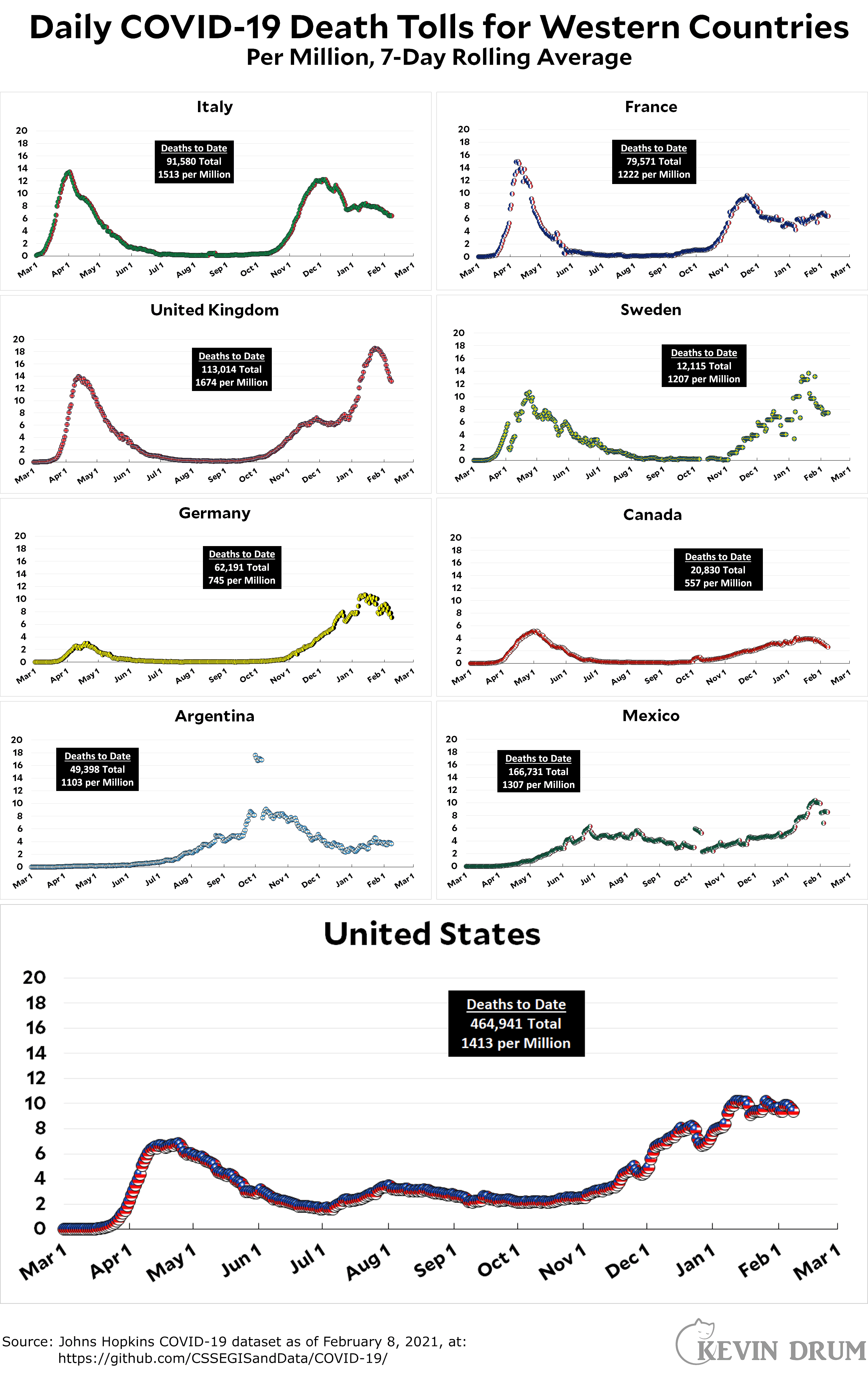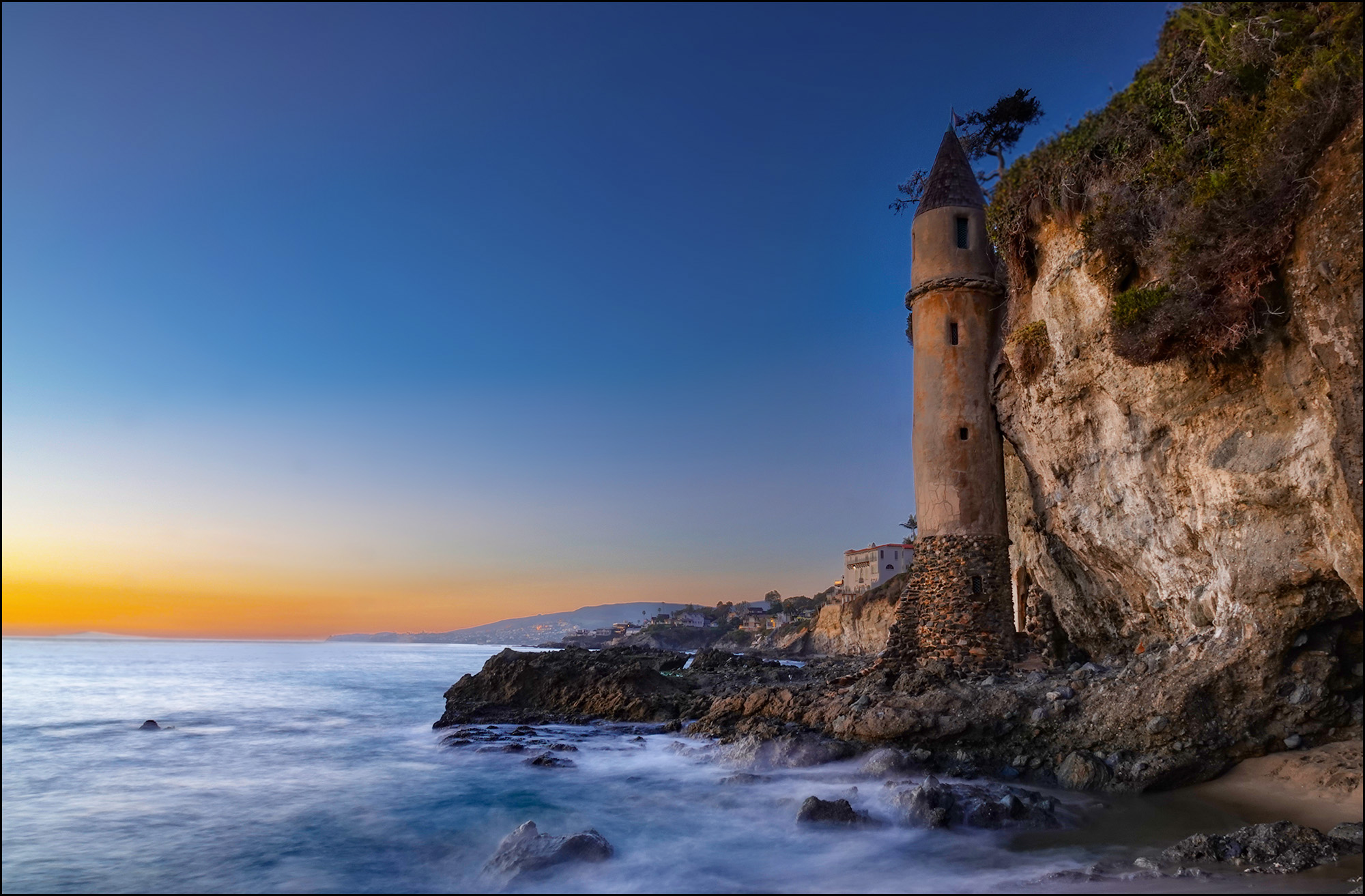I see that Ezra Klein is reading my mind today:
Should We Dim the Sun? Will We Even Have a Choice?
That’s the central theme of the Pulitzer Prize-winning author and journalist Elizabeth Kolbert’s new book, “Under a White Sky: The Nature of the Future.”...In my conversation with her on my podcast, “The Ezra Klein Show,” I wanted to focus on one [subject] that obsesses me: solar geoengineering. To even contemplate it feels like the height of hubris. Are we really going to dim the sun? And yet, any reasonable analysis of the mismatch between our glacial politics and our rapidly warming planet demands that we deny ourselves the luxury of only contemplating the solutions we would prefer.
Fifteen years ago my view on climate change was conventionally liberal: we needed bold policies to fight global warming. This included things like carbon taxes; federal initiatives to spur investment in solar and wind; regulations to reduce power consumption, and so forth. One of my earliest magazine pieces for Mother Jones represents this kind of thinking. You can read it here.
For fifteen years I waited for evidence that the world would make even the mildest efforts to enter this fight. But this is a global problem that demands a global response, and on that score we've gotten almost nothing. We all signed the Paris Accord, but compliance is voluntary and few countries have any real hope of meeting their goals. Extraction of fossil fuels continues apace in virtually every country where it's possible: Canada has oil sands, Norway has offshore oil, the United States has fracking, Germany has coal, China has coal, and even Britain, which gave up mining coal years ago, is now set to open a new coal mine. No matter how green a country claims to be, it will extract all the fossil fuels it can if it means generating a few more jobs or making a small dent in its balance of trade figures. In the meantime, carbon levels in the atmosphere continue to rise like a metronome:
 A couple of years ago I finally gave up on this: It was obvious there was no hope for an adequate global response in anywhere close to the necessary time frame. I now believe that our only option is to invest massive amounts of money in technology solutions, hoping against hope that enough of them succeed to reverse warming before it destroys the planet. You can read all about that here.
A couple of years ago I finally gave up on this: It was obvious there was no hope for an adequate global response in anywhere close to the necessary time frame. I now believe that our only option is to invest massive amounts of money in technology solutions, hoping against hope that enough of them succeed to reverse warming before it destroys the planet. You can read all about that here.
But there's one more thing. Technological progress may be our best hope right now, but how likely is it to work? Since it requires no big personal sacrifice other than trainloads of cash—which can be put on national credit cards if push comes to shove—it could gain enough public support. And since it will produce technology that everyone can use, other countries might well pitch in. And finally, since it does nothing one way or the other about the Uighurs, even China might get on board. It has a legitimate chance.
By "legitimate," however, I mean that my personal guess is that it has maybe a 10% chance of panning out. If you're an optimist, you might give it 20%.
Which brings us to this: what do I predict will happen? The answer is that I think around 2040 or so we will collectively conclude that we're screwed. Global temps will already be 2ºC above the historical average and we'll be on an irreversible path to 3ºC. The future will look so horrific that we simply have no choices left. And so we will shoot gigatons of aerosols into the atmosphere. This will dim the sun's heat just enough to halt, and then reverse, global warming.
This is not the only possible form of geoengineering. There are lots of others, many of them fascinating and some of them far better, in theory, than aerosols. But all of them are pipe dreams right now, and even in the future will probably be prohibitively expensive and intrusive. Aerosols, by contrast, are surprisingly well understood and surprisingly cheap.
They're well understood partly because every few years a volcano dumps a huge load of ash and aerosols into the atmosphere, which has given us a chance to study their impact. And they're cheap because, well, because they are. Roughly speaking, all it takes is a fleet of about a hundred aircraft spraying loads of sulfate aerosols 24/7. The cost would be in the range of $5-10 billion a year, which is peanuts, and it would lower the temperature of the earth by about a twentieth of a degree per year. We would slowly get back to a manageable level, and then continue spraying to keep temps steady.
Do I think this is a good idea? Absolutely not. For one thing, it doesn't solve all the problems of climate change. Ocean acidification, for example. For another, different areas of the planet have different ideal temperatures. Who's going to decide what our global goal should be? And what's to stop any country from spraying its own aerosols if it thinks temperatures should be even lower?
So of course it's not a good idea. It's a terrible idea. But is it a worse idea than warming of 3ºC? Nope. And it's not even close.
The things we're doing now will probably have an impact by 2040. That's good, since the less spraying we have to do the better. But they most likely won't be anywhere close to what we need, and the pressure to adopt a cheap, fast, and decently understood second-best solution will eventually become irresistible. And so we'll spray.

 A couple of years ago I finally gave up on this: It was obvious there was no hope for an adequate global response in anywhere close to the necessary time frame. I now believe that our only option is to invest massive amounts of money in technology solutions, hoping against hope that enough of them succeed to reverse warming before it destroys the planet. You can read all about that
A couple of years ago I finally gave up on this: It was obvious there was no hope for an adequate global response in anywhere close to the necessary time frame. I now believe that our only option is to invest massive amounts of money in technology solutions, hoping against hope that enough of them succeed to reverse warming before it destroys the planet. You can read all about that 


 The lesson here is not that tax cuts supercharged the economy. They were probably #4 or #5 on a list that includes Paul Volcker lowering interest rates; oil prices coming down; big deficit spending; and devaluation of the dollar. The lesson is to loudly claim that you're doing something to save the economy and then wait around for the economy to recover. Then you can credibly claim that it was your policies that rescued the country.
The lesson here is not that tax cuts supercharged the economy. They were probably #4 or #5 on a list that includes Paul Volcker lowering interest rates; oil prices coming down; big deficit spending; and devaluation of the dollar. The lesson is to loudly claim that you're doing something to save the economy and then wait around for the economy to recover. Then you can credibly claim that it was your policies that rescued the country.